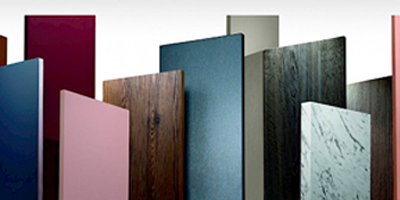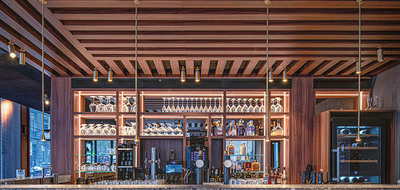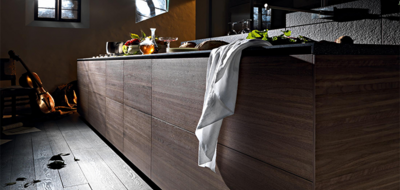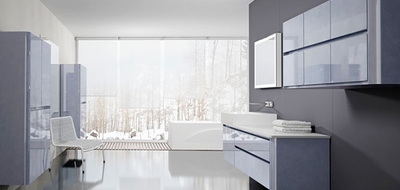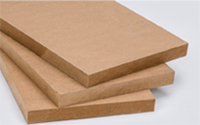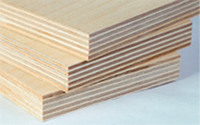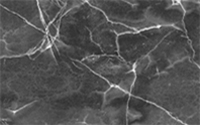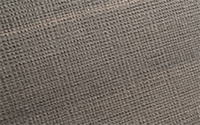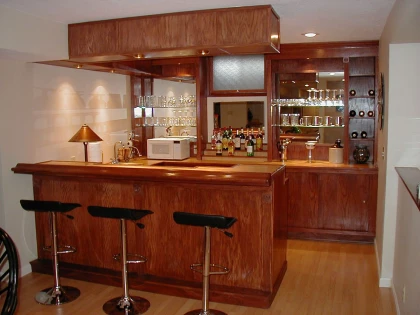Sanding
It may be tempting to skip this step, but sanding is essential to remove marks that may appear clearly after staining. First, sand the plywood carefully and lightly. There's a risk of sanding through the thin top veneer, so you'll need to use a 180 grit or 240 grit sandpaper or use the lowest speed on a variable speed orbital sander.
Don't forget to sand your edges slightly round to create a clean finish if they will be on show. After filing the bar, wipe it down with a cloth to remove any remaining sawdust.
Conditioning
Different types of plywood may or may not require a wood conditioner for more even absorption. Birch or pine plywoods absorb stain unevenly, so using a wood conditioner on these materials is a good idea.
However, the wood conditioner makes the stain lighter, increasing the difficulty of controlling the shade. If you don't want this problem, consider alternative ways to achieve an even stain, such as using a gel stain or applying the paint using a rag rather than a foam brush.
Choosing a stain
Traditional oil-based stains are the type most often used for staining plywood and are the cheapest and most accessible type. However, some woodworkers find that they can become blotchy on birch plywood.
Another option is to choose a thicker gel stain which can create a more even coverage. Water-based stains are also possible, although these produce a weaker colour and will likely need multiple coats.
Sampling
Before you commit to staining the bar, make a test sample on a piece of leftover plywood. At this point, you might want to compare the results of using or not using a wood conditioner or applying a stain with a rag or a foam brush. The sample will allow you to try out your different options and make an informed decision.
Applying the stain
Add the stain to the plywood, following the directions appropriate for your stain type. Remember to work in the same direction as the grain for a neater and nicer appearance.
Sealing your plywood
Especially if you're building the bar in your garden, it's essential to seal the plywood to make it waterproof. An epoxy sealer, varnish, or drying oil can help make your bar more resistant to the outdoors and spilt drinks.

